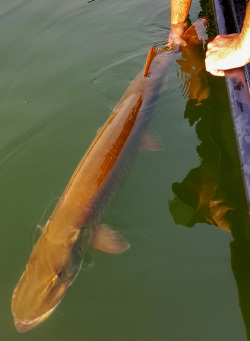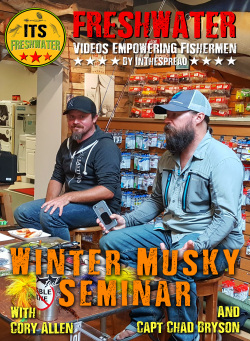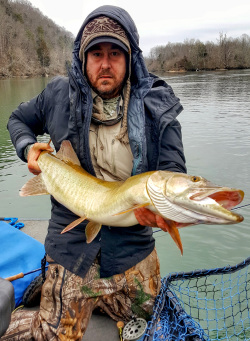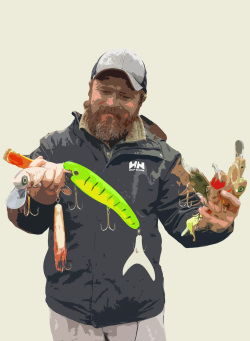When targeting giant catfish, the change of seasons is a good time to fish. As fall and summer fade, water cools, causing a metabolic shift in freshwater predator behavior. Flathead catfish, like bears, are more aggressive as they fatten up, preparing for hibernation.
Flathead Catfish - Trophy Fish with Scott Manning
(01:06:09)
Watch Full Video
View Short Trailer
Instructor:
Scott Manning
Description
/
Review
/
Instructor
Summary:
- Opportunities: Transition from summer to fall offers opportunities for trophy flathead catfish.
- Behavior: Catfish move from deep waters seeking warmth and start to bulk up for colder temperatures.
- Key Period: After the first cold front, with surface water temperature dropping.
- Expert Insights: Capt. Scott Manning offers expertise on catfishing during this period.
- Habitat: Flathead catfish prefer deep waters and structures for ambushing bait.
- Techniques: Boat positioning, use of electronics, and the need for patience.
Login
to leave a review.
User Reviews
There are no reviews yet.Scott Manning
Scott Manning, a U.S. Military veteran, has become a master angler and steward of the waterways in East Tennessee. He specializes in capturing Monster Catfish, a species that thrives in the deep waters of the Tennessee River Monsters. Manning's company, Tennessee River Monsters, offers a unique perspective on the catfish fishery, highlighting the importance of understanding and sharing knowledge about the great outdoors.
Read moreVideos
We Recommend
0




